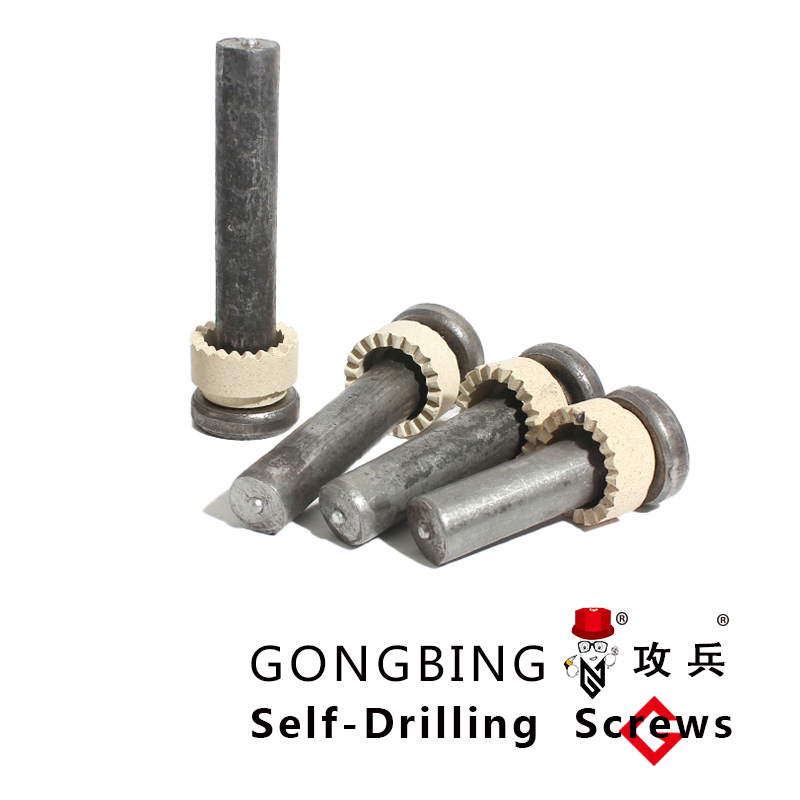double end studs
Understanding Double End Studs The Essential Fastening Solution
Double end studs, often referred to in various engineering and construction applications, are threaded rods with a male thread at both ends. These versatile fasteners play a critical role in a wide range of industries, including construction, automotive, aerospace, and manufacturing. By understanding their design, applications, and advantages, professionals can leverage double end studs to enhance performance and efficiency in their projects.
Design and Composition
Double end studs are generally made from high-strength materials such as stainless steel, carbon steel, or alloys designed to withstand corrosion and stress. Their typical design features a uniform diameter and threads that extend along the entire length of the stud or only partially, depending on the specific requirements of the application. The two ends of the stud provide the ability to secure two separate components, making them an ideal choice for applications requiring a robust, reliable connection.
Applications
One of the primary uses of double end studs is in the assembly of bolted structures. They are commonly found in
1. Construction Double end studs are used in steel constructions and prefabricated buildings where beams and columns need to be securely fastened. They enable precise alignment and ensure that structural integrity is maintained over time.
2. Automotive Industry In automotive manufacturing, double end studs are often used to secure machinery and components within vehicles. Their dual-threaded design facilitates easy installation and maintenance, allowing mechanics to quickly disassemble and reassemble parts when necessary.
3. Aerospace Engineering Given the high-stress environments of aircraft, double end studs are employed in critical fastening applications where safety and reliability are paramount. Their ability to hold components securely in place makes them a preferred choice in the production of aircraft and spacecraft.
4. Manufacturing In various manufacturing processes, double end studs provide an efficient method for securing dies, molds, and tooling. Their adaptability makes them suitable for different equipment types and helps streamline production cycles.
double end studs

Advantages
The inherent benefits of double end studs make them a preferred fastening solution in many scenarios
- Ease of Use Their dual-thread design allows for straightforward installation, as nuts can be applied to both ends without the need for additional fasteners. This reduces assembly time and labor costs.
- High Load Bearing Capacity Due to their design and the materials from which they are made, double end studs can withstand significant loads. This makes them ideal for applications involving heavy machinery and structural components.
- Versatility They can be used in various orientations and configurations, adapting to the needs of specific installations. Their flexibility makes them suitable for projects of varying scope and complexity.
- Reduced Risk of Failure With their robust construction, double end studs minimize the risk of loosening over time, which is a common issue in other types of fasteners. This reliability contributes to the longevity of the structures or machinery in which they are utilized.
- Corrosion Resistance When made from stainless steel or coated with protective materials, double end studs are resistant to corrosion, making them suitable for use in harsh environments, such as marine or industrial settings.
Conclusion
In conclusion, double end studs represent a crucial element in modern fastening technology. Their design, which features threads at both ends, makes them an essential component in construction, automotive, aerospace, and manufacturing applications. The advantages of ease of use, high load-bearing capacity, versatility, reduced risk of failure, and corrosion resistance underscore their importance in maintaining the integrity and functionality of assembled components. As industries continue to evolve and demand more reliable fastening solutions, double end studs will remain a staple in achieving efficient and effective assembly.
-
Weatherproof Plastic Expansion Anchors for OutdoorNewsJun.06,2025
-
Sustainability in the Supply Chain: Eco-Friendly TEK Screws ProductionNewsJun.06,2025
-
Load-Bearing Capacity of External Insulation FixingsNewsJun.06,2025
-
Double Head Bolts: Enhancing Efficiency in Industrial MachineryNewsJun.06,2025
-
Corrosion Resistance in Chipboard Screws: Coatings for Wholesale DurabilityNewsJun.06,2025
-
Butterfly Toggle Bolts : Enhancing Structural ResilienceNewsJun.06,2025
